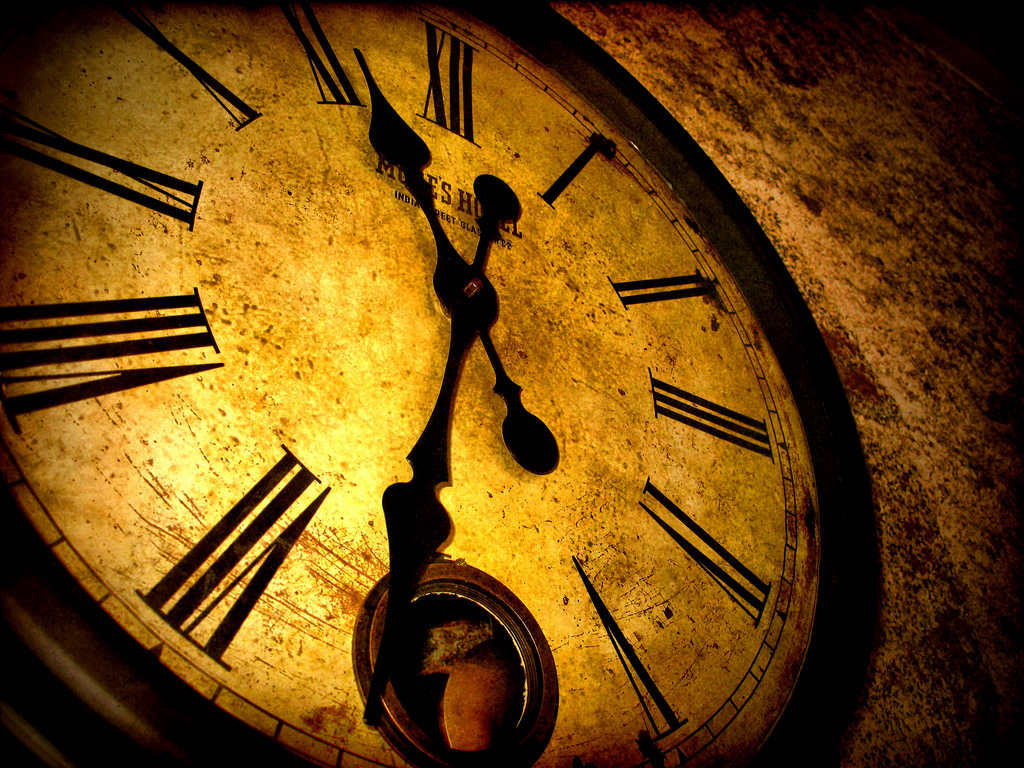Since many scientific experiments require researchers and scientists to look into the results that are happening within a billionth of a second, atomic clocks are required to function on the basis of comparing frequencies between the clocks. Here we list the world’s five clocks with the most precise measurement of timings ever.
Our elders often harangue us while we procrastinate that time is the most precious thing. While we pay enough heed to them or not, one thing is quite clear, that time can indeed become infinitely small in its own unit that can bewilder us to the core. While that super expensive Rolex watches often enthuse us on the turf of telling the most precise time at any given moment, this might not have been yet an achievable reality tantamount to what scientists require for various purposes over the course of their research.
That’s why the need for an atomic clock came into being which measures the oscillations of atoms changing their state. Since many scientific experiments require researchers and scientists to look into the results that are happening within a billionth of a second, that’s why atomic clocks are required to function on the basis of comparing frequencies between the clocks. Most scientists use caesium molecules for attaining a standard atom for such time reference.
Here we list world’s five clocks with most precise measurement of timings:
The Schott-Synchronome Clock
This clock was invented in 1921 and constitutes two different sets of tanks, one of which constitutes a pendulum in a vacuum tank connected by electric wires. This clock is so accurate that it can easily measure the gravitational attraction from the moon and from the sun. This was the clock that did show that Earth’s rotation was not at all uniform.
NIST and JILA strontium clock
This clock can lead to the precision of 1 second in every five billion years. This clock works by trapping strontium atoms in pancake-shaped space along with a laser. This laser light on a certain frequency leads to ticks which become – 430 trillion every second.
NIST F2 clock
This type of clock is used in financial markets during stock trading processes and telecommunications. This clock works on laser cooling down the atoms while another set of laser light excites them up. The clock tends to works at minus 193 degrees Celsius and cannot lose its atoms for 300 million years.
Aluminium Quantum Logic Clock
Instead of using cesium and strontium atoms, this clock uses an aluminum atom with the precision of a second 3.7 billion years. This clock also uses the lasers to cool down the atom of aluminum along with that of beryllium while another laser just leads their state to be changed.
RIKEN clock
This clock developed by the University of Tokyo does have atoms of strontium locked between laser beams and then are cooled and excited as part of a process. It has an uncertainty of a second for 4.4 billion years. Researchers have run two clocks simultaneously with each other to bring that uncertainty down by a considerable margin.
So tell us, which one would you like to have?

